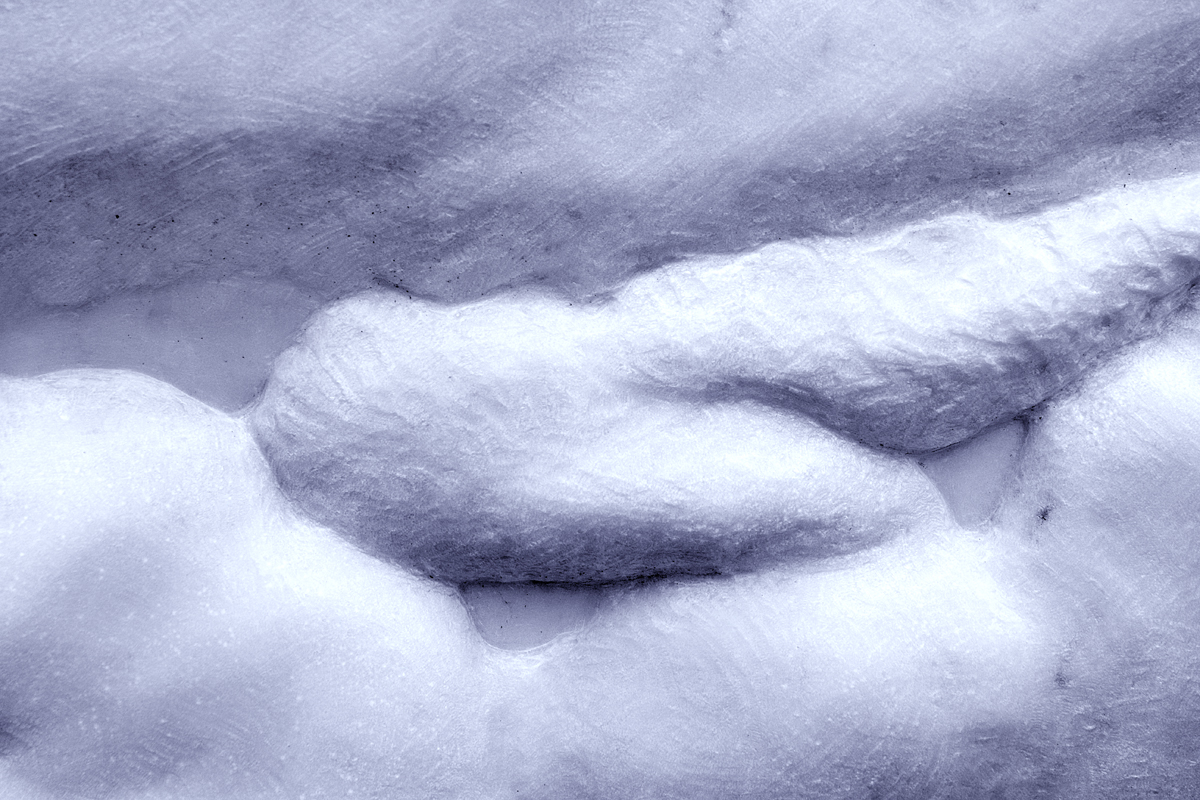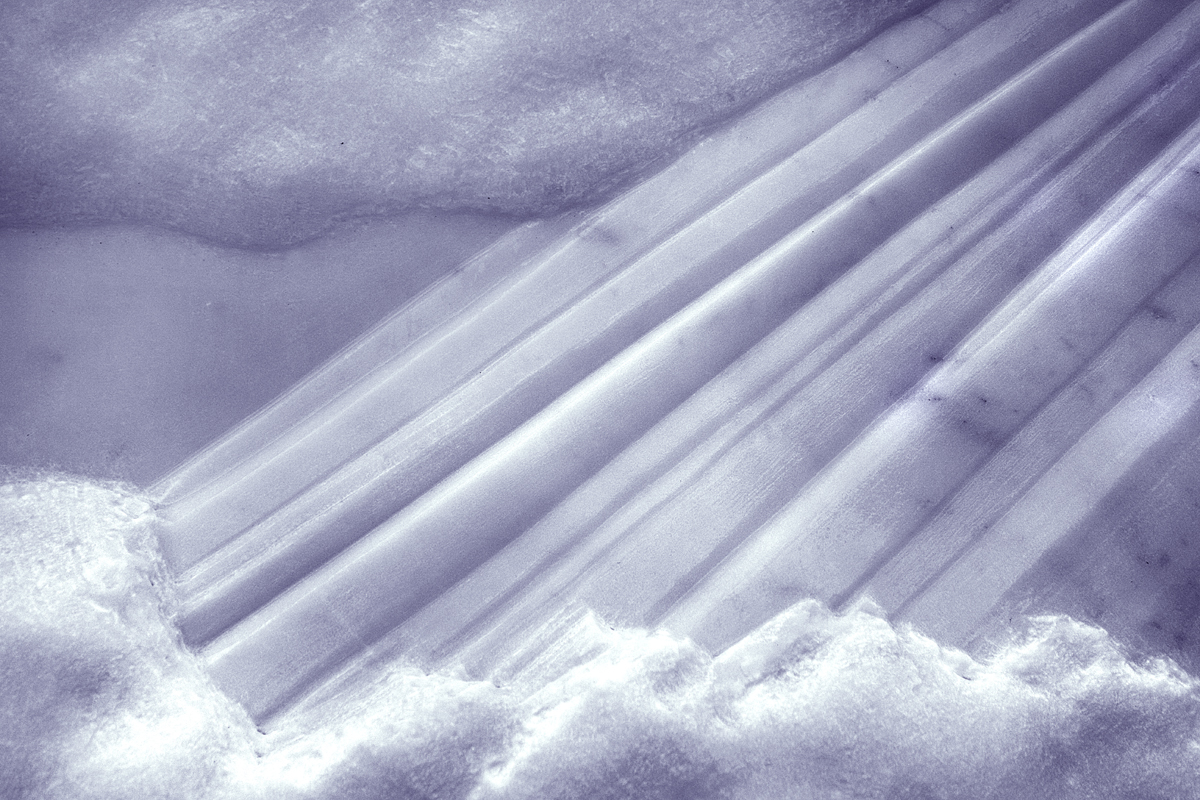It is very easy to sit back in the twenty-first century and view the development of photography and of the transmission of photographs as quaint. I suppose that you could even argue that the importance of an innovation isn’t truly realized until it becomes quaint. When I began writing this blog, I said that one of the topics was to be the magic of photography. And I believe that no matter how technical we become in our discussions we are never very far from the magic.
What a moment it must have been in 1838 to see your own image on the shiny surface of a daguerreotype. Would you not have imagined that the photographer had somehow magically captured a part of your soul in silver? What a moment it must have been in 1858 to hear the clicks of the telegraph and suddenly realize that these were being made by a fellow being across the great ocean. What feat of prestidigitation was this? What a moment it must have been when the first images of faces came across the wires with the belinographs. The sorcerer was no longer satisfied to just capture the visage and soul of a person, but now transported them across the wires. What sort of wizardry was this? And, of course, it was not long before even the wires were not necessary.
The photograph, the telegraph, the telephone, and the belinograph all were magical devices as were radios and televisions. But in these we were mostly observers. Now we are all Morses, and Bells, and Belins. And this is the other dimension of the magic. Today we all can send images and messages across the planet. We all participate in this great dance of the memes. In this, photography and the internet assume a huge democratizing role. Today in any corner of the world there might be repressive violence and it can suddenly be seen worldwide. It is raw; it is intense; and it is intimate. We can sit in our living rooms wearing a shirt made in Bangladesh, but we cannot escape the image of the suffering. We cannot escape, not so much culpability, as interconnected responsibility.
The hope, of course, is that connectedness leads to mutual respect and understanding. We know that these powerful tools can just as easily be misused. False information and doctored images seem just as real as authentic ones. This argues for a diligence and critical consumerism that is rarely practiced. But we must all seek to practice it. It is as if we are in some epic fantasy, like the” Lord of the Rings” or “Star Wars,” where the forces of Evil tilt with the forces of Good. They are jealous of us, envious of our interconnection, and fearful of an enlightened world.
So, yes I think that all of these quaint inventions were magical. They affected our world deeply and profoundly and they have made it a better place. I am reminded again of Mark Twain’s message from “The Mysterious Stranger”, that I spoke about on New Years Day 2013: “Dream other dreams, and better.”


